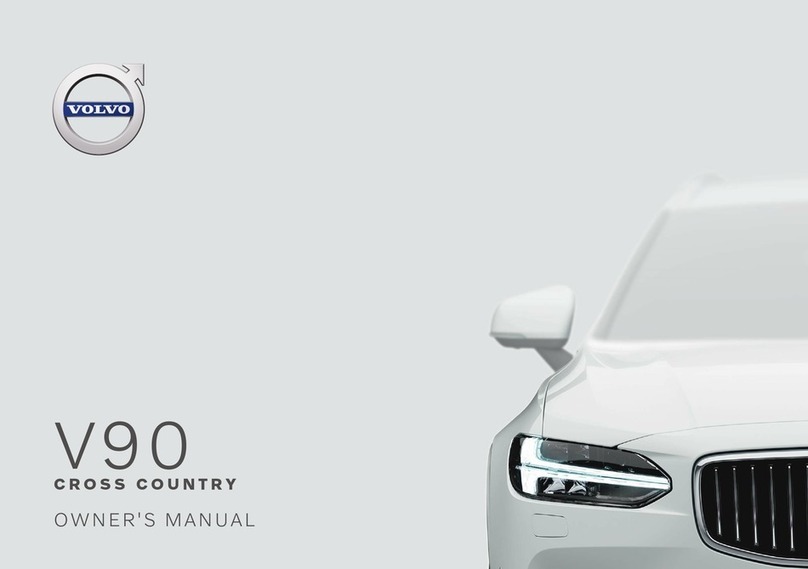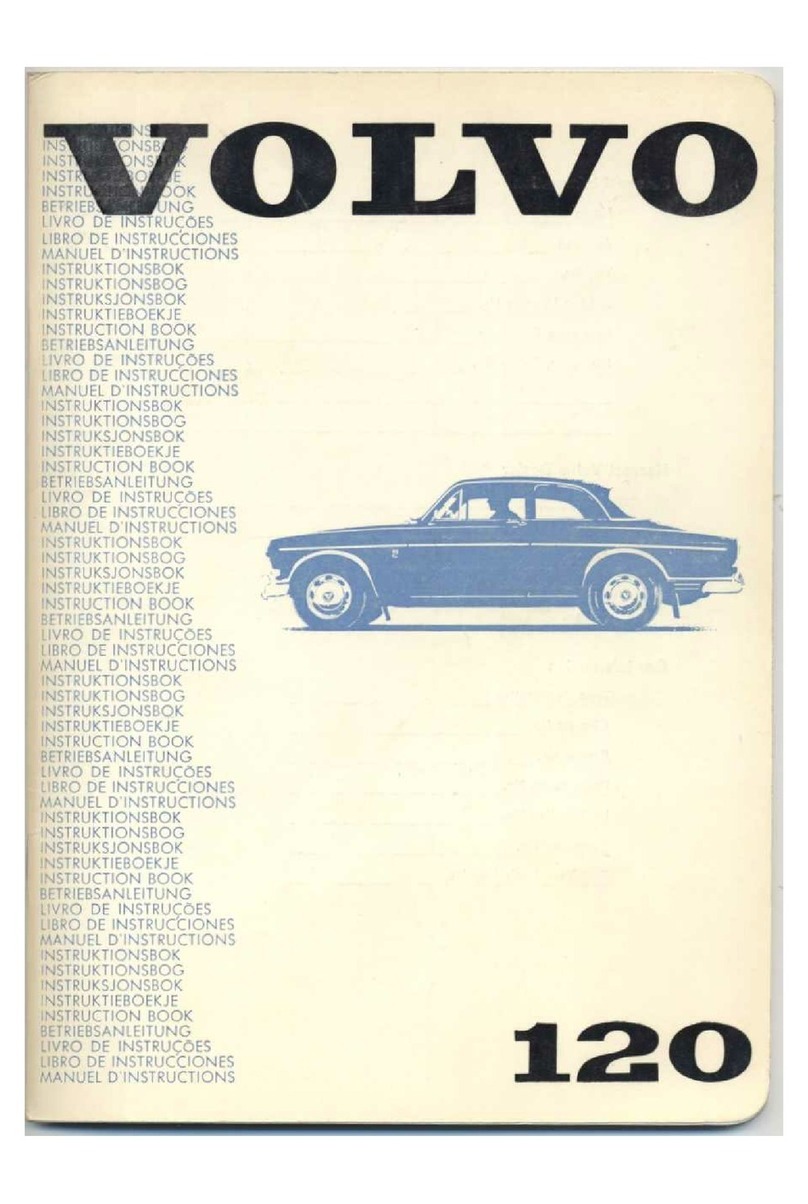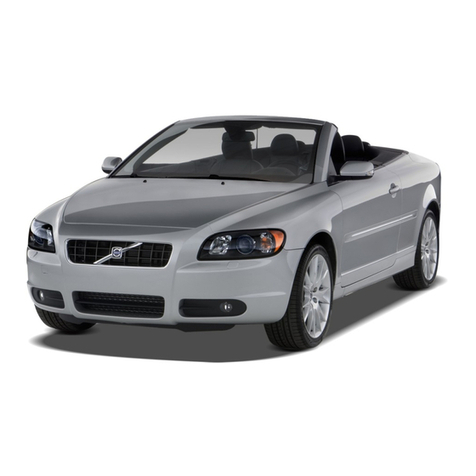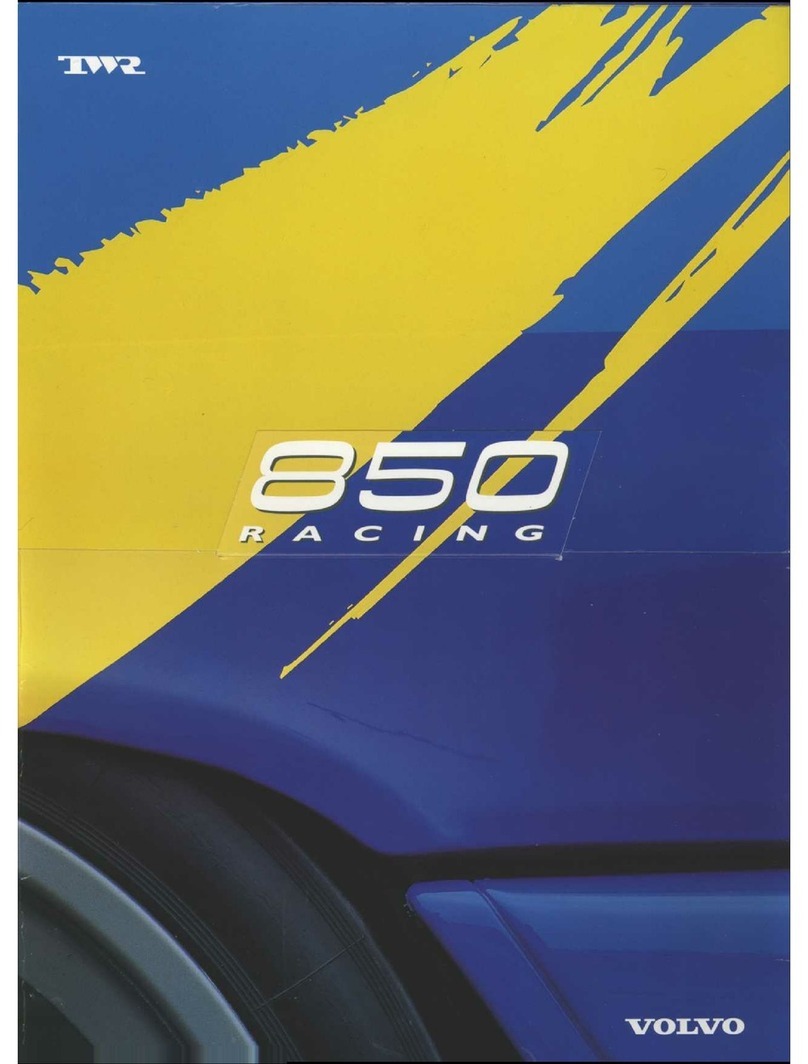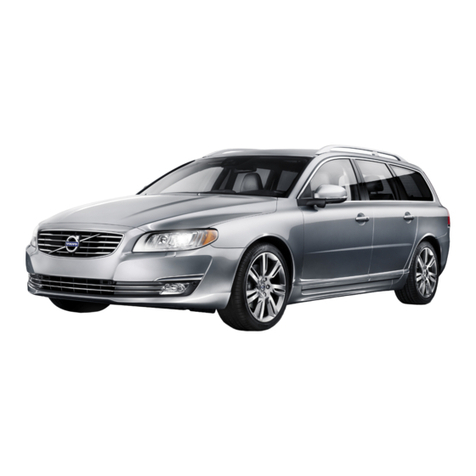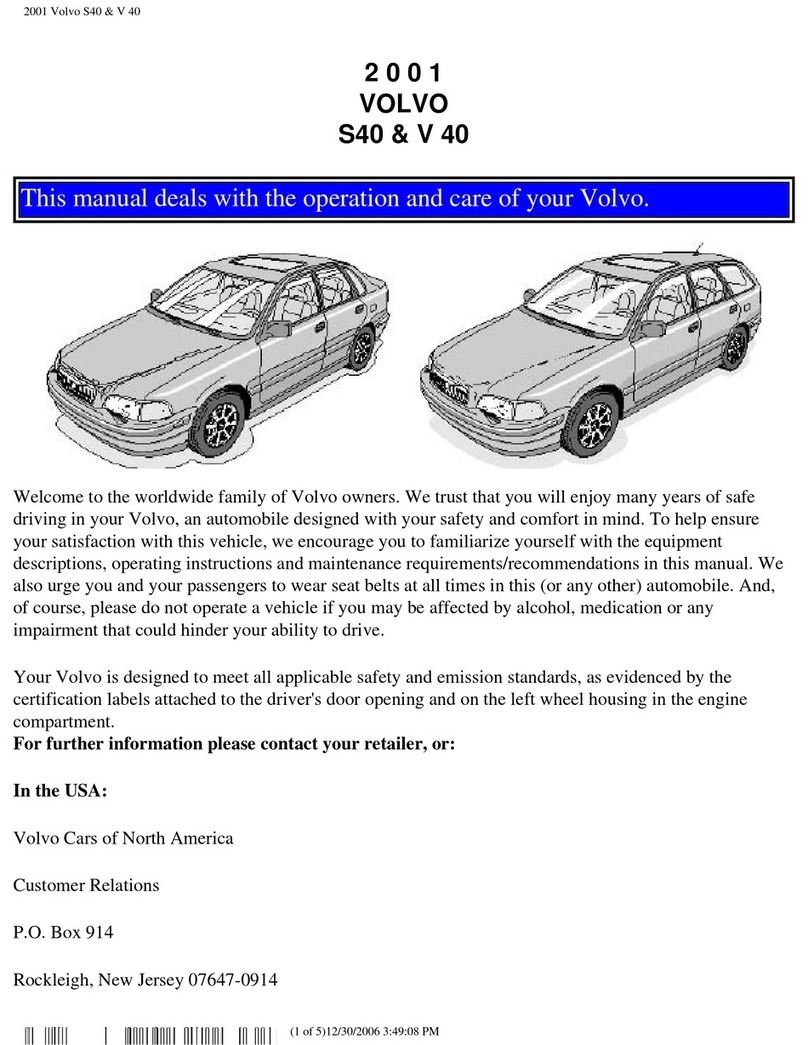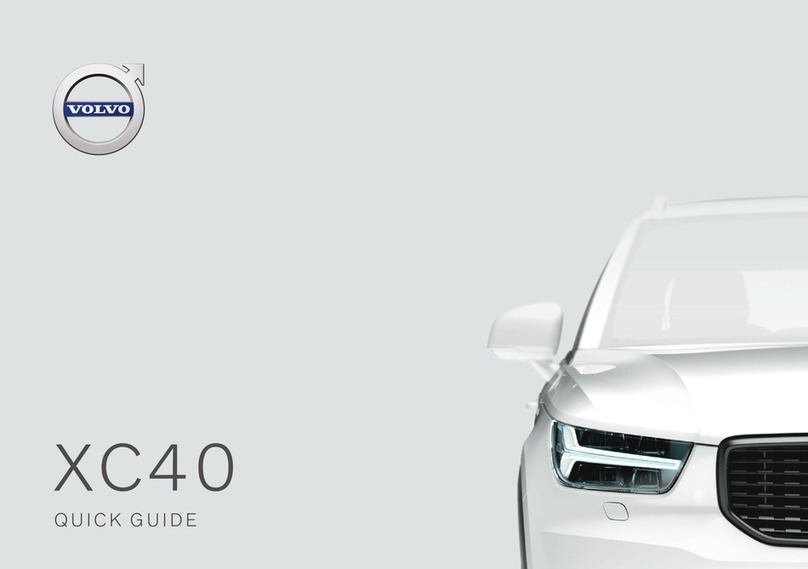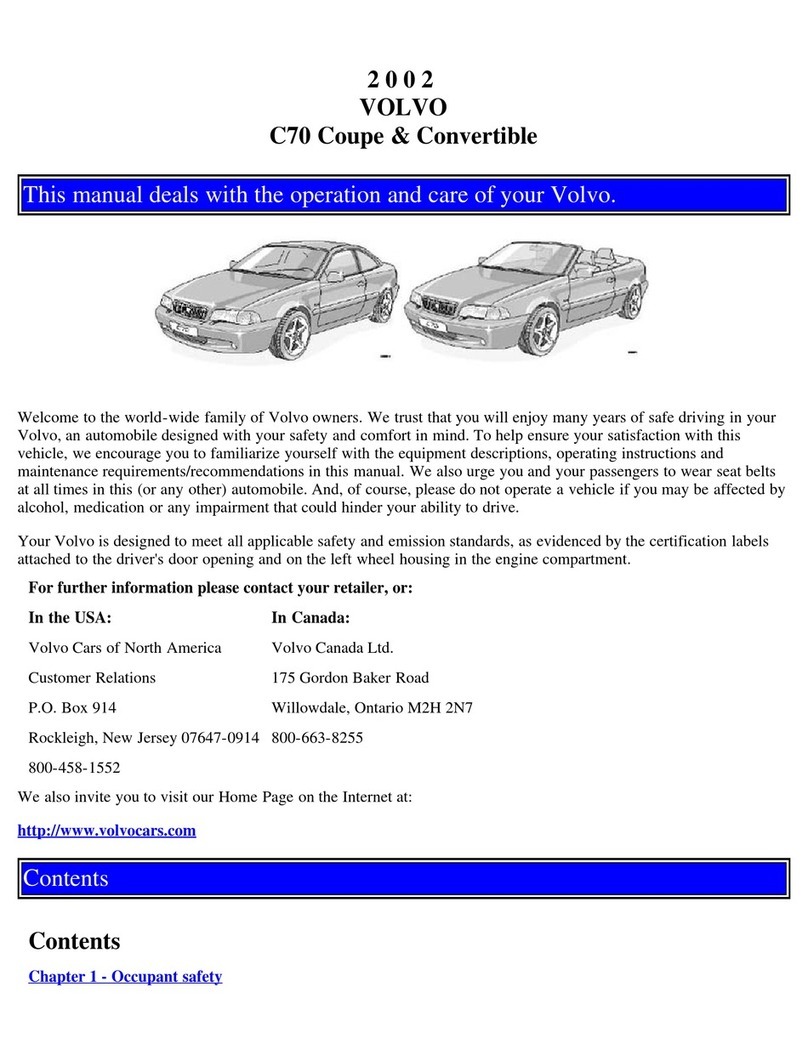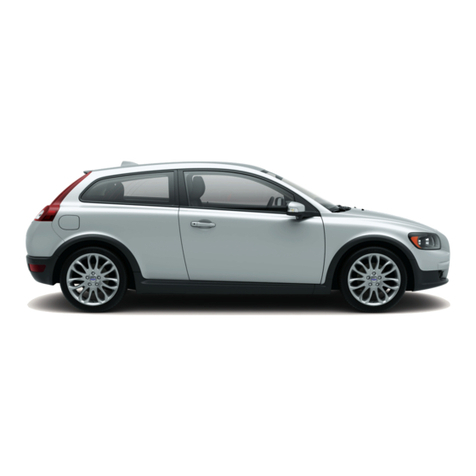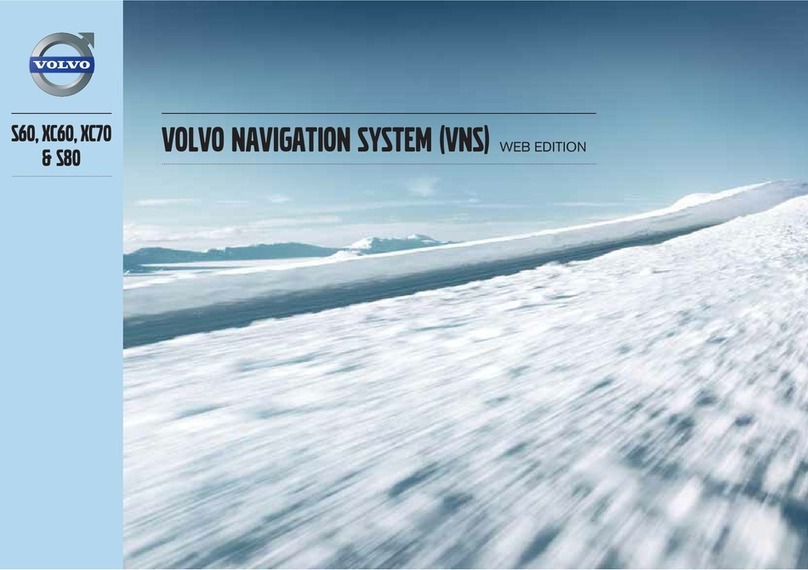DRIVE MODES
1PURE
2HYBRID
3POWER
4SAVE
5AWD
There is the option to select different drive
modes during driving. The car calculates an
optimum combination of driveability, driving
experience, environmental load and fuel econ-
omy according to driving options selected.
The drive modes are controlled by a range
of parameters. In certain circumstances the
desired drive mode is not available. See mes-
sage in the car's combined instrument panel.
Selecting drive mode
Go via My Car to read further information
about the different drive modes.
1. MY CAR -> Hybrid -> Drive modes.
2. Then select PURE, HYBRID, POWER,
AWD or SAVE and confirm with OK.
PURE
Focuses on electric operation and low energy
consumption. PURE mode helps the driver to
maximise driving on the hybrid battery. The
electricity mileage depends on the car's total
energy consumption. Deductions are made
for climate and dynamic performance.
The mode can only be selected when the
hybrid battery is sufficiently charged. The air
conditioning is switched off in this mode but
can be started with the AC button.
NOTE
PURE can only be selected when the hybrid
battery has a sufficiently high energy level.
HYBRID
HYBRID mode is the car's preset drive
mode. The control system uses both motors
– individually or in parallel – and calculates
optimum use with regard to performance, fuel
consumption and comfort.
POWER
The car is set in optimum response and per-
formance mode by means of the diesel engine
being activated. The car then has sportier
characteristics as well as faster response for
acceleration. Driving in a lower gear is also
prioritised for active driving, which involves
delayed upshifting.
SAVE
Saves the hybrid battery's charging to a later
time when electrical operation is more advan-
tageous, during urban driving for example.
Select the SAVE mode primarily when the
hybrid battery's charge level is high. If the
energy level is low then the diesel engine
will first charge the hybrid battery to cover
approx. 20 km driving.
AWD
This mode activates all-wheel drive, which
improves the car's road grip and traction. The
capability is limited by the available charge in
the battery. The mode is primarily intended for
low speed on slippery road surfaces.
Geartronic – diesel engine always running
When the lever is set in Geartronic manual
gear position the diesel engine will always be
running. For further information on Geartronic
please refer to the normal owner's manual for
the car.

